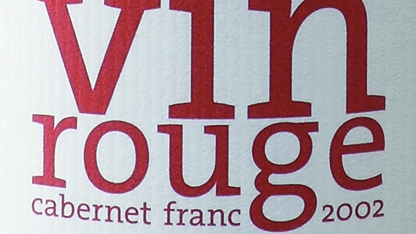Paper properties for beverages
John Tucker, sales director at Zanders, highlights the key properties of label paper for the special requirements in the beer and mineral water bottling industry.

Label papers have to fulfil many requirements, especially when considering their diversity in usage. For example, a bottle label should fit exactly and be flawless while using the product, but then needs to be easily detachable for recycling. At the same time, the label has to withstand the constantly wet environment of beer and water bottling lines.
In the industrial bottling process, the labels are first placed in a magazine, from which they are removed by grippers at high speed, coated with glue and transferred to the bottle.
The wet bottles constantly bump against each other on the sorting lines, which can damage the labels. This pressure and friction places high demands on the wet-strength properties of the labels.
The label paper should ideally offer the following properties: good flatness, minimal curl, a relatively rough reverse side, optimized stretch and shrinkage behavior and, in the beer and mineral water bottling industry in particular, an extremely high wet-strength.
Extremely high resistance and low wet expansion are required, which means that the label is not damaged even after it has been applied and sits accurately on the bottle.
Uncoated label papers have a slightly rougher reverse side compared with machine-coated papers. A rough reverse side requires less glue because only the ‘peaks’ of the rough surface are coated with glue. This not only has a positive effect on production, but also financially. The absorption capacity of the paper is also important for ensuring flawless label application, which also largely depends on the reverse side. A high absorption capacity prevents labels from ‘swimming’ when being glued on, which means that they can be applied on the bottle faster and more efficiently and can be positioned precisely.
In the reusable sector, it is just as important that a label can be removed from the bottle at the right time as it is for the label to stick to the bottle reliably. This also places special demands on the label paper. The labels are removed from the surface of the bottles in a caustic bath. The paper must not fall apart in this process – it must be alkali-proof. The label paper must also remain as intact as possible so it can be passed on to the recycling process and the printing ink must remain on the label so that the alkali does not soil too quickly and has to be replaced.
Source: www.labelsandlabeling.com


